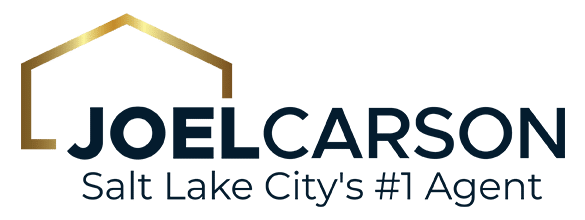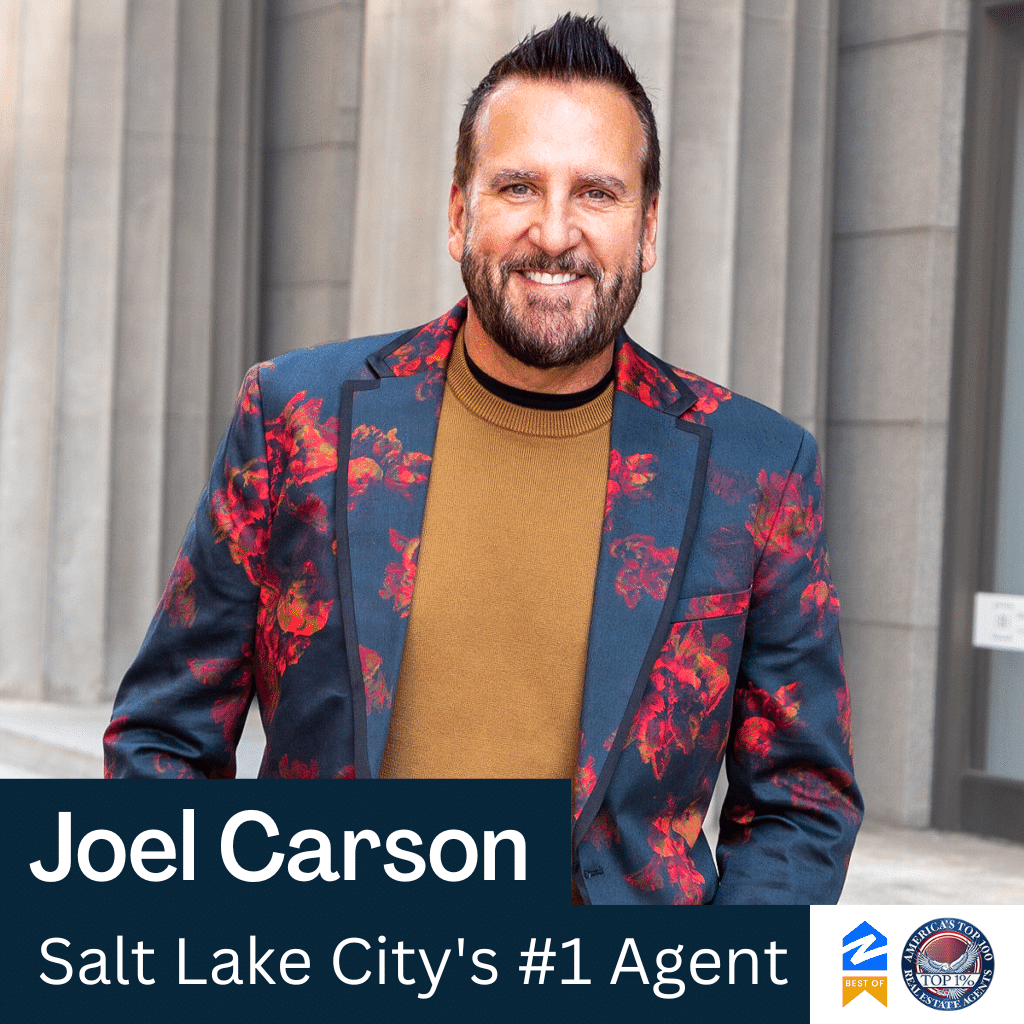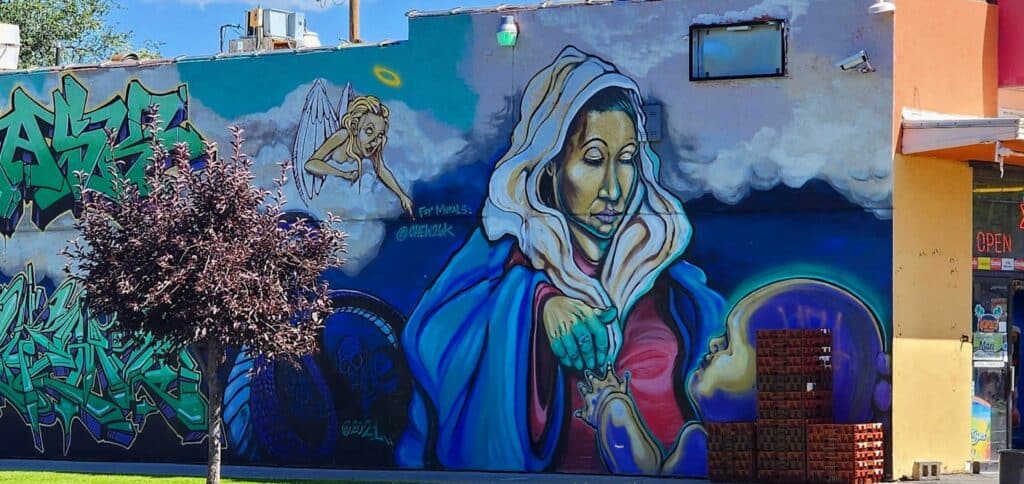
Visit this diverse and colorful ‘melting-pot’
Salt Lake City’s second largest neighborhood, Poplar Grove, is the perfect example of people from all walks of life co-existing. The neighborhood is often referred to as being on “the west side” of the city along with Fairpark, Glendale, and parts of downtown Salt Lake City.
The diversity in this neighborhood of nearly 15,000 creates the perfect cultural environment where arts, culture, and community are highly-valued. People with family roots in many different countries create a tapestry of traditions and perspectives. Various community events and festivals, make Poplar Grove feel welcoming and inclusive. With its rich history, strong sense of community, and ongoing revitalization efforts, Poplar Grove has become an attractive place to live, work, and play. Revitalization efforts have resulted in improved infrastructure, safer streets, and increased economic development.
Poplar Grove offers a wide range of amenities and services. The Jordan River Parkway, a scenic trail system, winds through the neighborhood, providing opportunities for outdoor recreation and leisurely walks. Additionally, the neighborhood is home to several parks, including Poplar Grove Park, which features playgrounds, sports courts, and picnic areas.
Where is Poplar Grove, Salt Lake City?
Poplar Grove is 2 to 3 miles west of downtown Salt Lake City’s central business district. The boundaries of the Poplar Grove neighborhood are roughly defined by the area between 900 South to the north, 2100 South to the south, Interstate 15 to the east, and Redwood Road (State Route 68) to the west.
Three smaller neighborhoods were recently identified by the community council within Poplar Grove: Sherwood, Riverside, and Euclid.
10 Fun Facts about this west-side neighborhood:
- Historical farmland: Poplar Grove was once predominantly farmland before urban development took place, with crops like wheat, sugar beets, and corn being cultivated in the area.
- Poplar trees’ legacy: The neighborhood’s name, Poplar Grove, harkens back to the numerous poplar tree groves that once thrived along the Jordan River, contributing to the area’s natural beauty.
- Historic floods: In the early 20th century, the Jordan River experienced periodic flooding, which impacted the development and growth of Poplar Grove and nearby areas.
- Early industries: Poplar Grove was home to several early industrial businesses, including a sugar beet factory and a brickyard, which played a significant role in the neighborhood’s economic history.
- Legacy of immigration: Like many neighborhoods in Salt Lake City, Poplar Grove has a rich history of immigration, with various waves of immigrants contributing to its cultural tapestry over the years.
- Streetcar network: In the early 20th century, a streetcar network connected Poplar Grove to downtown Salt Lake City, facilitating transportation and development.
- Historic architecture: The neighborhood features a mix of historic architecture styles, including Victorian-era homes and early 20th-century bungalows, offering a glimpse into its past.
- Community gardens: Poplar Grove has a tradition of community gardens, where residents grow their own produce, fostering a sense of self-sufficiency and community.
- Green initiatives: In recent years, there have been efforts to promote sustainability and green living in Poplar Grove, with projects such as tree planting and community clean-up events.
- Artistic expression: The neighborhood has seen a surge in public art installations and murals, adding to its unique character and providing a canvas for local artists to showcase their talents.
These lesser-known facts highlight Poplar Grove’s intriguing history, its connection to the natural environment, and its role in shaping the cultural and economic landscape of Salt Lake City over time.
A river runs through it – Jordan River Parkway
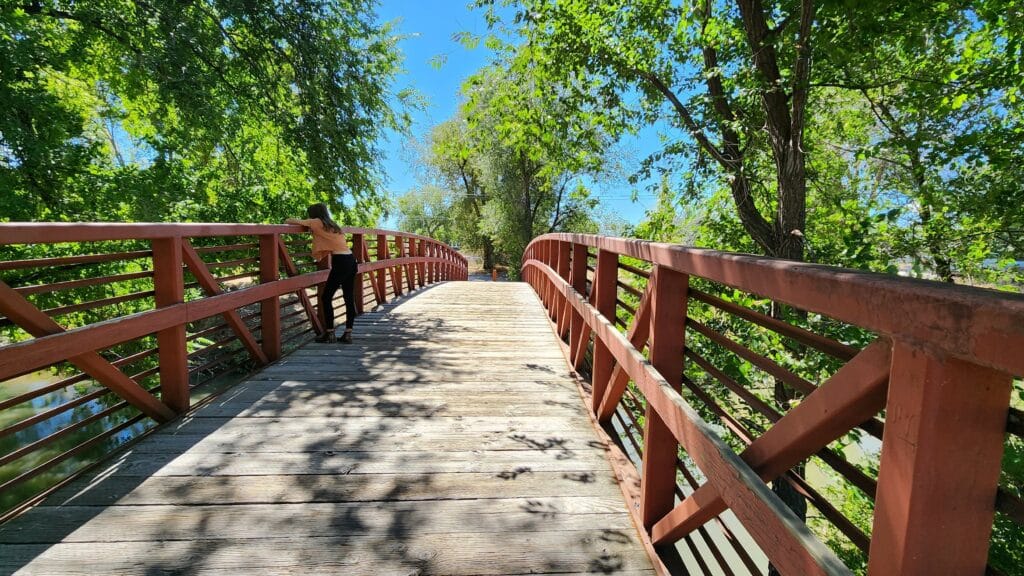
The Jordan River Parkway winds its way through the Salt Lake Valley. Stretching about 45 miles, this scenic recreational corridor follows the course of the Jordan River. The parkway caters to a diverse range of outdoor enthusiasts. Cyclists can pedal along well-maintained trails, while hikers can explore the various parks and natural habitats that line the riverbanks. Birdwatchers flock to the area to spot a wide variety of avian species that call the river home, and anglers can cast their lines in the hope of catching trout, catfish, or bass.
Throughout the year, the Jordan River Parkway hosts many community events, from 5K runs to educational programs, fostering a sense of togetherness among residents. There are picnic areas, playgrounds, and sports courts strategically placed along the route.
Jordan River Parkway more than just a pretty place
The parkway is more than just a pretty place; it’s also an environmental asset. Restoration and preservation of the natural habitats along the river are crucial. Wildlife relies on the elements Nature provides in these areas, and so do humans. This green corridor serves as a vital component of the local ecosystem, providing a refuge for various flora and fauna. At the same time, it’s a place where people can escape the hustle and bustle of city life and immerse themselves in the tranquility of nature, all within the boundaries of a metropolitan area.
What is the history of Poplar Grove?
This west-side Salt Lake City Community is said to have been named for a grove of poplar trees planted by settler Edwin Rushton around 1847. It was originally much larger than it is today. In the 1990s, the boundaries were redrawn, separating Poplar Grove from Glendale. The majority of Utah cities, towns, and communities were first established by members of the Church of Jesus Christ of Latter-Day Saints who entered the valley in 1847 and claimed it for their own. Prior to that, the Salt Lake Valley was inhabited by Native Americans including the Shoshone, Paiute, Goshute, and Ute tribes.
Enjoy green space galore in Poplar Grove parks
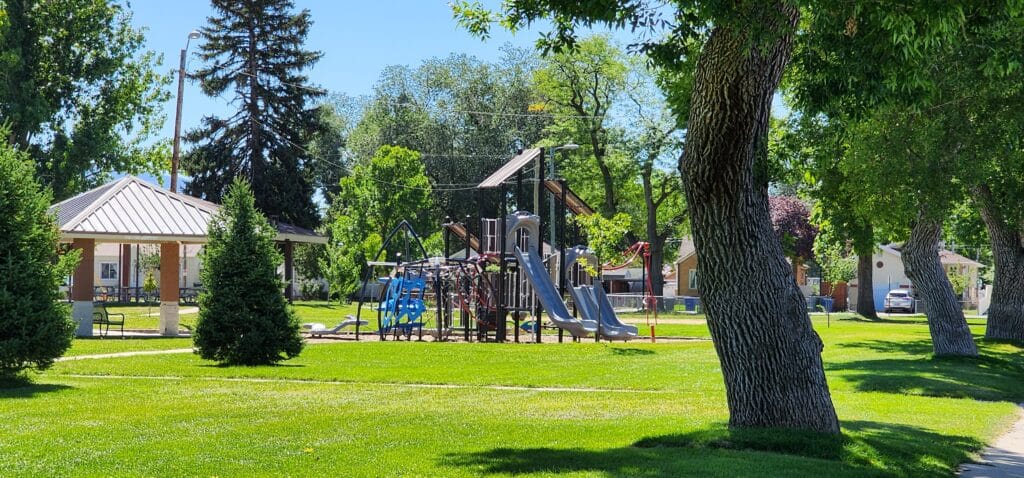
Poplar Grove Park, a cool, shady place to play
Parks and other green spaces are important to the Poplar Grove community. Poplar Grove Park, 750 Emery St W, Salt Lake City, UT 84104 offers a host of amenities including the following:
- Playground
- Restroom
- Basketball: 1 Half Court
- Tennis: 2 Courts (with pickleball lines)
- Baseball: 1 Field (reservation required (801)972-7865)
- Drinking Fountain (west of restrooms)
- Volleyball: 1 Court
- Sand (located near pavilion)
- Pavilion (reservations)
- Seating Capacity: 200 max (8 tables 14×3 ft.)
- 2 Charcoal Grills
- 4 Power Outlets Lower Area in Pavilion (limited power 15 amp only)
- Horseshoes: 4 Courts
Sherwood Park, 1400 W 400 S, Salt Lake City, UT 84104 also offers some awesome amenities including:
- Baseball fields
- Softball field
- Cement volleyball court
- Restrooms
- Playground
- Drinking fountain
- Tables
- Onsite parking
- Huge shade trees
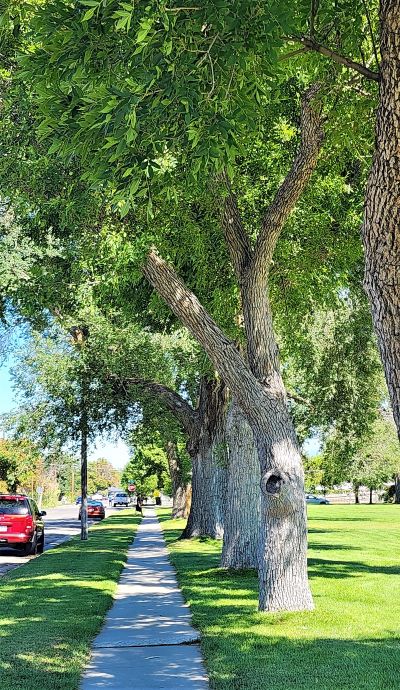
Shopping, professional services, and employment opportunities surround this neighborhood
Thanks to Poplar Grove’s proximity to downtown Salt Lake City, the location affords residents a suburban atmosphere with an urban city center within a short drive or ride on public transportation.
The Salt Lake City International Airport is also minutes away from Poplar Grove which offers easy access to major interstates and intrastate roadways. The shores of the famous Great Salt Lake are also nearby.
While the eastern portion of Poplar Grove is primarily residential, the community extends to the west to include an industrial area where many locals are employed.
Poplar Grove is a part of Salt Lake City and does not have it’s own government authority; however there is a very active Poplar Grove Community Council which is working with the city, county, and state to make marked improvements including major restoration to the area with consideration for local preservation.
What kinds of homes will I find in Poplar Grove?
Salt Lake City’s Poplar Grove neighborhood is a diverse residential area, and you can find a variety of homes and housing options there. The neighborhood has undergone some revitalization efforts in recent years, leading to a mix of housing styles and types. Here are some common types of homes you might find in Poplar Grove:
- Single-family homes: Poplar Grove has a range of single-family homes, including older houses with character and more modern constructions. These homes can vary in size, style, and condition, offering choices for different preferences and budgets.
- Duplexes and townhomes: There are also duplexes and townhouses available in the neighborhood, providing housing options for those who prefer attached or semi-attached residences.
- Apartment buildings: Poplar Grove has several apartment buildings, including both low-rise and mid-rise structures. These can offer affordable rental options for individuals and families.
- Affordable housing units: The neighborhood may have affordable housing units or subsidized housing developments to accommodate low-income residents.
- New developments: In recent years, there have been efforts to revitalize and redevelop parts of Poplar Grove, leading to the construction of new homes and apartment complexes.
- Historic homes: Some parts of Poplar Grove have historic homes that reflect the architectural styles of the past, adding character to the neighborhood.
The neighborhood’s housing landscape can vary from block to block, so you may find a mix of these housing types within Poplar Grove. Additionally, as neighborhoods evolve over time, the availability of housing options and their characteristics may change.
